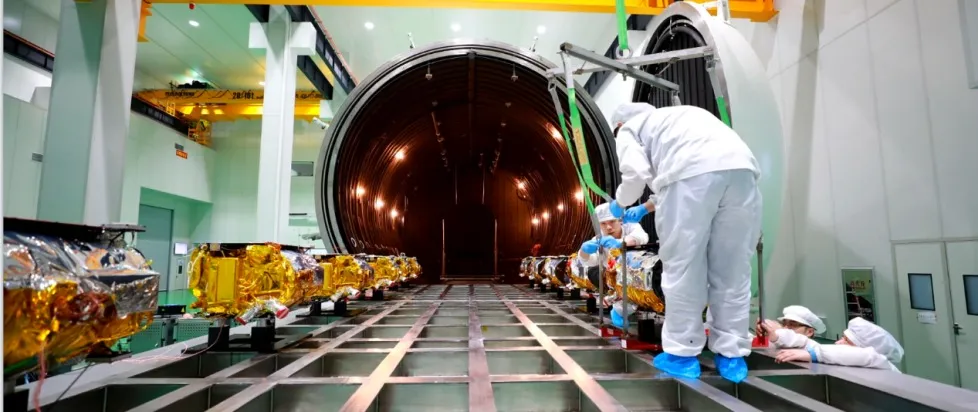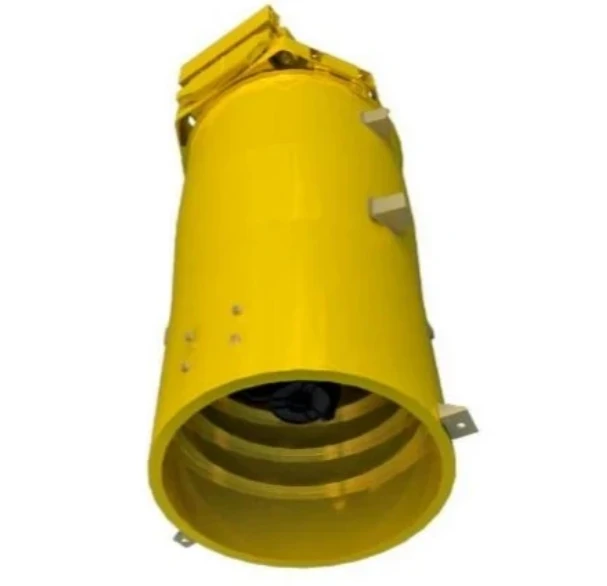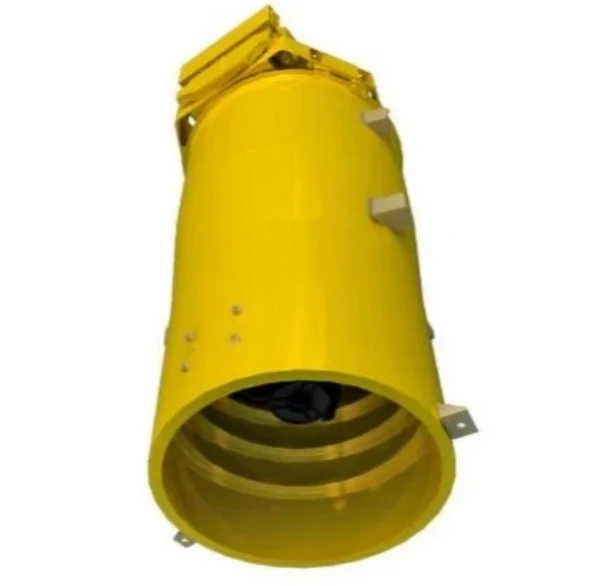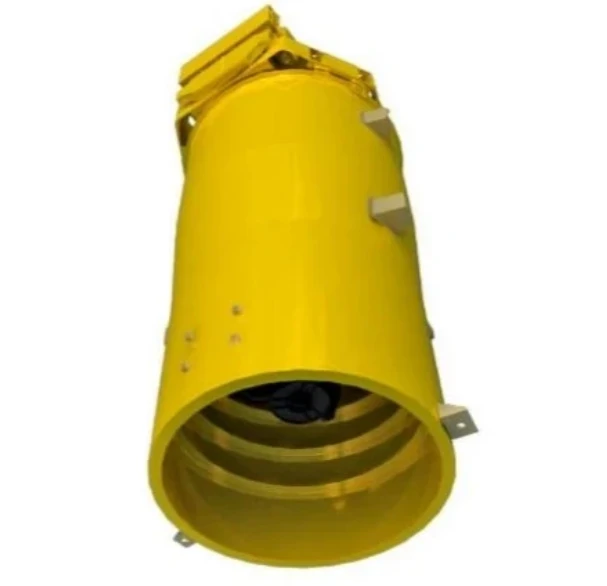
- Afrikaly
- Alban
- Amhar
- Arapça
- Ermeni
- Azerbaýjan
- Bask
- Belarus
- Bengali
- Bosniýa
- Bolgar
- Katalan
- Sebuano
- Hytaý
- Korsikan
- Horwatiýa
- Çeh
- Daniýaly
- Gollandiýaly
- Iňlis
- Esperanto
- Eston
- Fin
- Fransuz
- Frizian
- Galisiýa
- Gürji
- Nemes
- Grek
- Gujarati
- Gaiti kreoly
- Hausa
- hawaiian
- Hebrewewreýçe
- .Ok
- Miao
- Wenger
- Islandiýa
- igbo
- Indoneziýaly
- irish
- Italýan
- Japaneseaponlar
- Javaneseawan
- Kannada
- Gazak
- Khmer
- Ruanda
- Koreýçe
- Kürt
- Gyrgyzystan
- Zähmet
- Latyn
- Latwiýa
- Litwa
- Lýuksemburg
- Makedoniýa
- Malagasy
- Malaý
- Malaýalam
- Malta
- Maori
- Marathi
- Mongol
- Mýanma
- Nepali
- Norweg
- Norweg
- Oksitan
- Puştun
- Pars
- Polýak
- Portugaliýa
- Penjabi
- Rumyn
- Rus
- Samoan
- Şotlandiýaly Gael
- Serb
- Iňlis
- Şona
- Sindhi
- Sinhala
- Slowakiýa
- Sloweniýa
- Somali
- Ispan
- Sundanese
- Suwaýili
- Şwesiýa
- Tagalog
- Täjik
- Tamil
- Tatar
- Telugu
- Taý
- Türk
- Türkmenler
- Ukrain
- Urdu
- Uýgur
- Özbek
- Wýetnamly
- Uels
- Kömek
- Yiddishahudy
- Yorubaoruba
- Zulu
The Future of Satellite Platforms
Satellite platforms are at the heart of modern space technology, enabling countless applications, from communication and navigation to Earth observation and remote sensing. With the rise of more compact and cost-effective solutions like CubeSat platforms, the space industry is evolving rapidly. This article dives deep into the various types of satellite platforms, highlighting their capabilities, roles in remote sensing, and the growing significance of satellite platforms in remote sensing for various industries.

Satellite Platform: The Backbone of Space Missions
A hemra platformasy refers to the structural and functional system that supports and houses the various payloads, such as sensors, communication devices, and power systems, on a satellite. It serves as the foundation on which all satellite systems are integrated and ensures the stability and operation of the satellite during its mission.
The hemra platformasy is designed to withstand harsh conditions in space, including extreme temperatures, radiation, and vacuum. This makes it a crucial component of any space mission, whether for communication, Earth observation, or scientific research. The platform provides power, propulsion, and thermal management for the satellite, and it ensures that the satellite remains properly oriented in space to perform its intended functions.
In recent years, technological advancements have led to the development of more versatile and modular satellite platforms. These platforms can be adapted to a wide range of missions, from low Earth orbit (LEO) satellites to more complex geostationary satellites. The flexibility and adaptability of modern satellite platforms are driving innovation in satellite-based services across industries.
CubeSat Platform: A New Era of Compact Satellites
The CubeSat platform has revolutionized the space industry by providing a smaller, more affordable solution for launching satellites into orbit. CubeSats are small, standardized satellites that typically weigh less than 10 kilograms. These compact platforms offer a cost-effective alternative to traditional satellite systems, allowing universities, research institutions, and private companies to participate in space missions without the high costs associated with larger satellites.
Despite their small size, CubeSat platforms can carry out a variety of tasks, from remote sensing and scientific research to communication and technology demonstrations. Their small size makes them ideal for missions that require quick deployment and flexible configuration. Moreover, CubeSats are often launched in batches, allowing for more efficient use of launch vehicles and reducing the overall cost of space missions.
CubeSat platforms are playing an increasingly important role in remote sensing applications. They are used to monitor environmental changes, track natural disasters, and gather data for scientific research. With advancements in miniaturization and payload capacity, CubeSats are becoming increasingly capable of delivering high-quality data for industries ranging from agriculture to disaster management.
Platform Satellite: Enabling Advanced Remote Sensing Capabilities
A platform satellite refers to the satellite structure that provides the necessary support for various payloads used in space-based applications, particularly in remote sensing. These satellites are designed to carry specialized instruments, such as imaging systems and environmental sensors, that collect data for Earth observation and analysis. The platform satellite plays a crucial role in enabling accurate, reliable, and timely remote sensing operations.
In remote sensing, platform satellites are equipped with advanced sensors that capture high-resolution images and collect data across a variety of wavelengths. This data is used to monitor environmental conditions, track weather patterns, assess natural resource availability, and study climate change. Platform satellites are also instrumental in providing real-time information for applications like disaster response, urban planning, and agricultural monitoring.
The combination of high-quality sensors and robust platform satellite systems makes them an invaluable tool for industries relying on satellite-based data. With the growing demand for high-resolution imagery and real-time data, platform satellites are continuously evolving to meet the needs of global monitoring systems.
Satellite Platform in Remote Sensing: A Critical Tool for Earth Observation
Satellite platforms in remote sensing are specifically designed to support and operate the sensors that capture data for Earth observation. These platforms are critical in gathering data across multiple bands of the electromagnetic spectrum, including visible, infrared, and microwave, to provide comprehensive insights into the Earth's surface, atmosphere, and oceans.
One of the most significant advantages of satellite platforms in remote sensing is their ability to monitor vast areas of the Earth's surface in real-time. This makes them invaluable for a wide range of applications, including agricultural monitoring, deforestation tracking, climate change research, and disaster management. By providing consistent, high-quality data, satellite platforms in remote sensing are helping to improve decision-making processes across multiple sectors.
In addition to their operational capabilities, satellite platforms in remote sensing are equipped with advanced data storage and processing systems. This allows for the efficient collection, transmission, and analysis of large amounts of data. With improvements in data processing technologies and real-time analytics, satellite platforms in remote sensing are becoming increasingly effective in delivering actionable insights to industries around the world.
The Future of Satellite Platforms in Remote Sensing
The future of satellite platforms in remote sensing looks incredibly promising. As technology advances, satellite platforms are becoming more powerful, cost-effective, and efficient. The development of smaller and more versatile satellites, such as CubeSats, is opening up new opportunities for remote sensing applications in various industries.
One of the most exciting developments is the growing use of satellite platforms in remote sensing for climate monitoring and disaster management. With the increasing frequency of extreme weather events and the growing impact of climate change, the demand for accurate, real-time data is more critical than ever. Satellite platforms are poised to play a key role in monitoring environmental conditions, assessing the impacts of climate change, and providing timely information for emergency response efforts.
Moreover, the integration of artificial intelligence (AI) and machine learning (ML) technologies is enhancing the capabilities of satellite platforms in remote sensing. These technologies are improving data analysis, allowing for faster identification of patterns, anomalies, and trends. As satellite platforms become smarter and more interconnected, the possibilities for remote sensing applications will expand, offering new solutions for global challenges.
Satellite Platforms and Remote Sensing FAQs
What is a satellite platform?
A hemra platformasy is the structural system that supports a satellite's various payloads, including sensors, communication equipment, and power systems. It ensures the stability and operation of the satellite during its mission.
What is a CubeSat platform?
A CubeSat platform is a small, cost-effective satellite that typically weighs less than 10 kilograms. CubeSats are used for various missions, including remote sensing, scientific research, and technology demonstrations.
How do satellite platforms help in remote sensing?
Satellite platforms in remote sensing support the sensors that collect Earth observation data. These platforms enable the monitoring of environmental changes, weather patterns, and resource management, providing valuable insights for industries like agriculture, urban planning, and disaster management.
What are the key features of a platform satellite?
A platform satellite is designed to house and support specialized instruments, such as imaging systems and environmental sensors, used for remote sensing. These satellites are equipped with advanced data processing and storage systems to collect and transmit high-quality data.
What is the future of satellite platforms in remote sensing?
The future of satellite platforms in remote sensing is exciting, with advancements in technology making satellites more powerful, affordable, and versatile. The integration of AI and ML is enhancing data analysis capabilities, and the growing use of small satellites like CubeSats is expanding the reach of remote sensing applications.
In conclusion, satellite platforms play a pivotal role in space missions, particularly in remote sensing applications. With the advent of CubeSat platforms and the increasing demand for Earth observation data, the space industry is entering an exciting new era. The continuous development of these platforms will provide new opportunities for industries worldwide to leverage satellite technology for enhanced decision-making and improved global monitoring systems.











